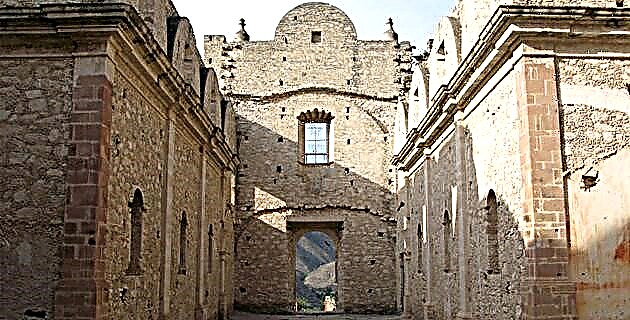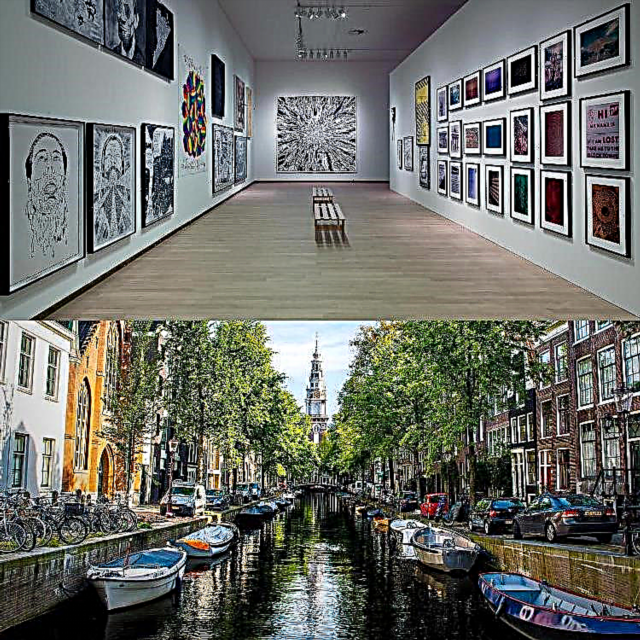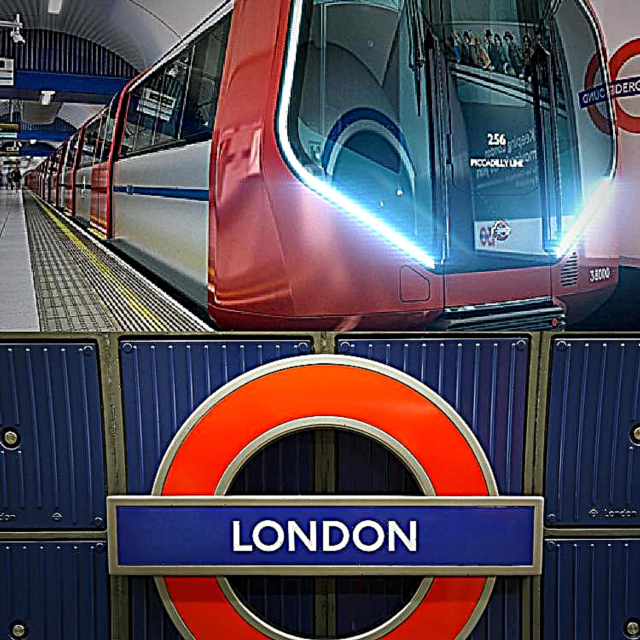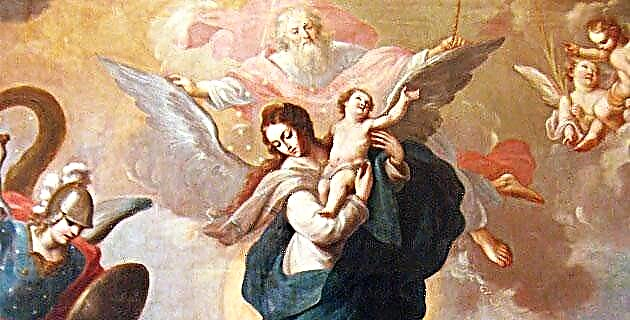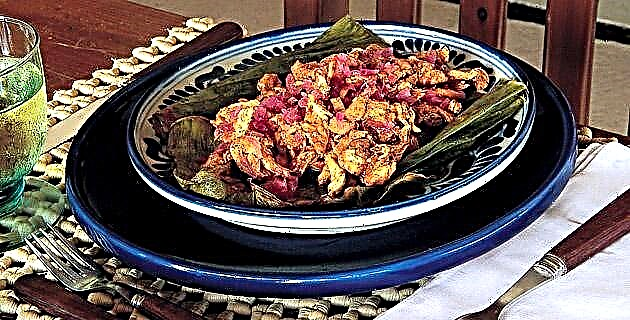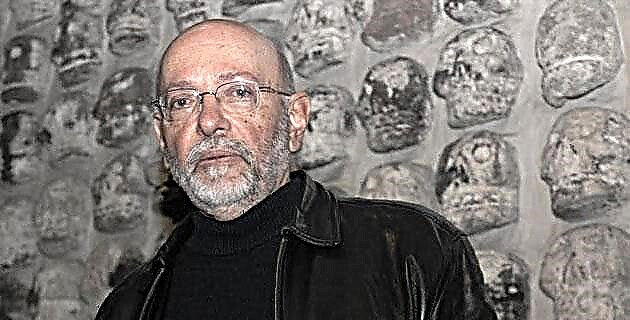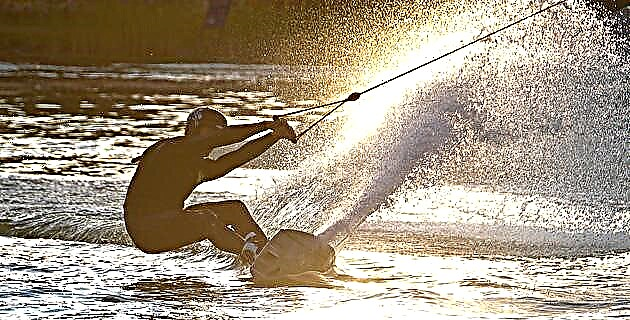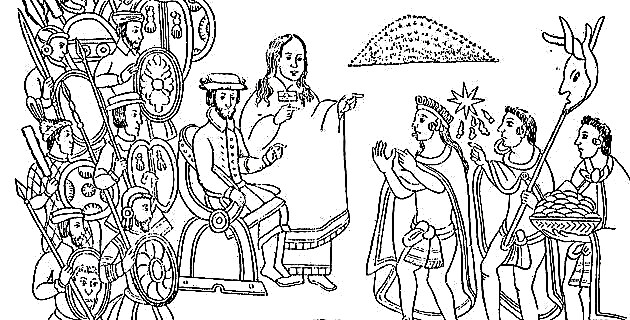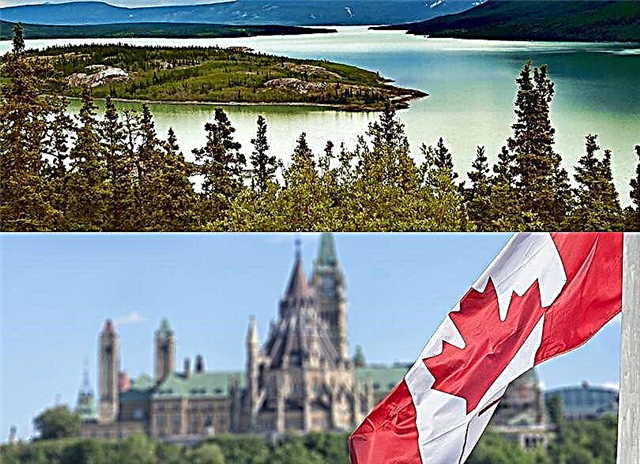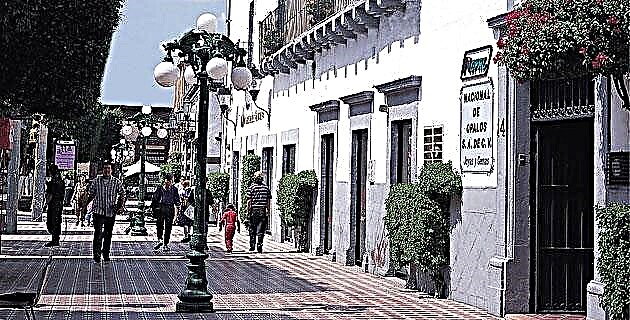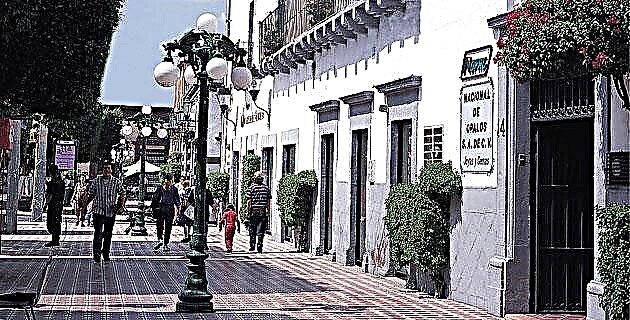
Historic, colonial and industrial, San Juan del Río has been for centuries the obligatory step and the gateway to the old mining region of Tierra Adentro. This privileged location, in addition to its mild climate and the proximity to the country's capital, have made this city the preferred destination of many travelers.
Friday
19:00 hours
Upon arriving in San Juan, we stayed at the central Hotel Colonial and then went to the Portal de Reyes restaurant, located in the portals of Avenida Juárez, previously called Calle Nacional and which was the Camino Real de Tierra Adentro towards the regions of the silver. To quench our hunger, we ordered as a starter some traditional soups accompanied by molcajeteada sauce and as a main course some delicious enchiladas from Queretaro which, sheltered from the old portals, feel more Queretaro.
Saturday
10:30 hours
Walking a few meters to the west, we find the Temple and former convent of Santo Domingo, a work completed around 1691, used as a hospital and hospice for the evangelizing friars who entered the Sierra Gorda. This place also served for the Dominican friars to learn the Otomí, Pame and Jonaz languages, necessary for their work in the wild mountain lands. It currently houses the Municipal Presidency, which keeps its doors open to see the patio.
11:30 hours
On the same street, but to the east, we come across the Plazuela del Santuario del Señor del Sacromonte (19th century), in whose tower on the right side the first public clock installed in the city is preserved. At one end of the square is the Ixtachichimecapan Museum Room, where the exhibition of archaeological pieces takes us through the pre-Hispanic history of the region.
12:30 hours
In the square we boarded the tourist tram, which took us to visit the main points of interest in the company of a specialized guide, thus giving us a first look at the city.
14:30 hours
On the way back we ate at La Bilbaína restaurant, where the specialty is Spanish food, and in which we enjoy the daily movement of the streets.
16:00 hours
About six blocks away is the Temple of Calvary, a small and beautiful building from the 18th century, which is almost always closed. We walk a few meters down the same street that becomes a walkway and we arrive at the old Pantheon of Santa Veracruz, where today the Museum of Death operates, the only one of its kind in our country. The purpose of the museum is to present death as a cultural phenomenon, showing four great moments: death in Mesoamerica, in New Spain, the secular, and that of contemporary popular culture.
17:30 hours
We go back down the streets and turn onto Miguel Hidalgo Street. One block ahead we were presented with the Plaza de la Independencia, located in the geographic center of the city, where there is a recently renovated fountain with the Column of Independence. In front is a religious complex made up of the Parish Temple of Our Lady of Guadalupe, completed in 1728 and dedicated to the use of the Spanish, together with the Temple of the Sacred Heart of Jesus, in which the image of San Juan Bautista is venerated. , patron of the city. This entire central complex is topped by the Plaza de los Fundadores, located in what until 1854 was the pantheon, and which is adorned by a kiosk in its central part and a bronze plaque where the founders are mentioned.
19:30 hours
Walking down Calle 16 de Septiembre we find the Casa de Cantera, built by Spanish colonel Esteban Díaz González y de la Campa, between 1809 and 1810. Iturbide, on his way to Querétaro in 1821, stayed in this house despite that its owner was Spanish. As it is now occupied by the Casa Real restaurant-bar, we went in for an aperitif.
Sunday
8:00 hours
To know the surroundings, we take highway No. 57 towards the city of Querétaro. A few kilometers ahead is the Hotel Misión La Mansión, installed in a beautiful farmhouse from the 16th century, where we had the opportunity to have a traditional barbecue breakfast, as well as countless Mexican dishes.
11:00 hours
We continued on the same road and began to notice how to our right, parallel to the road, there would be a huge geographic fault that aroused our curiosity. Around kilometer 12 there is a viewpoint where it is possible to stop the car and get off to admire the Barranca de Cocheros, a huge fault that channels the stream of the same name at its bottom and which spills its waters into the Centenario Dam.
12:30 hours
We return to San Juan del Río via Juárez Street. When the street thins when crossing a stone bridge, we stopped. It is the Bridge of History, built in 1710 under the order of the viceroy Francisco Fernández de la Cueva. Due to the mining boom in the north, San Juan del Río served as the town that began the Camino de Tierra Adentro, and thus the bridge became "the gateway to the inland road."
13:30 hours
Continuing along Juárez Street, we stopped at the Temple and Hospital of San Juan de Dios (17th century) administered by the Juanino monks. It has a baroque façade of great sobriety and simple interior decoration. A little later we visit the Beguinage of the Third Sisters, also with a sober façade, but with a beautiful baroque decoration worthy of knowing and that will undoubtedly remain in our memory for a long time.
How to get
San Juan del Río is located 137 km northwest of Mexico City. To get there you can take highway No. 57 D following that direction.

